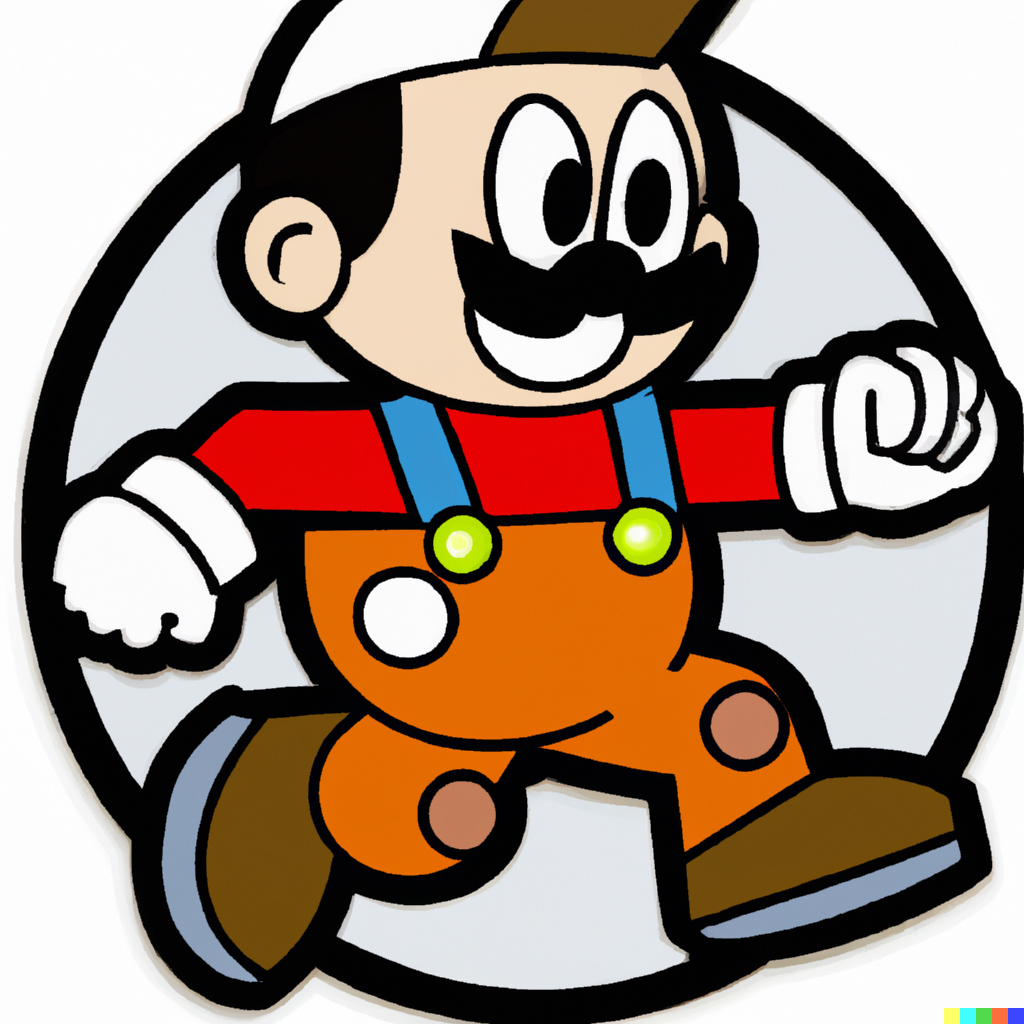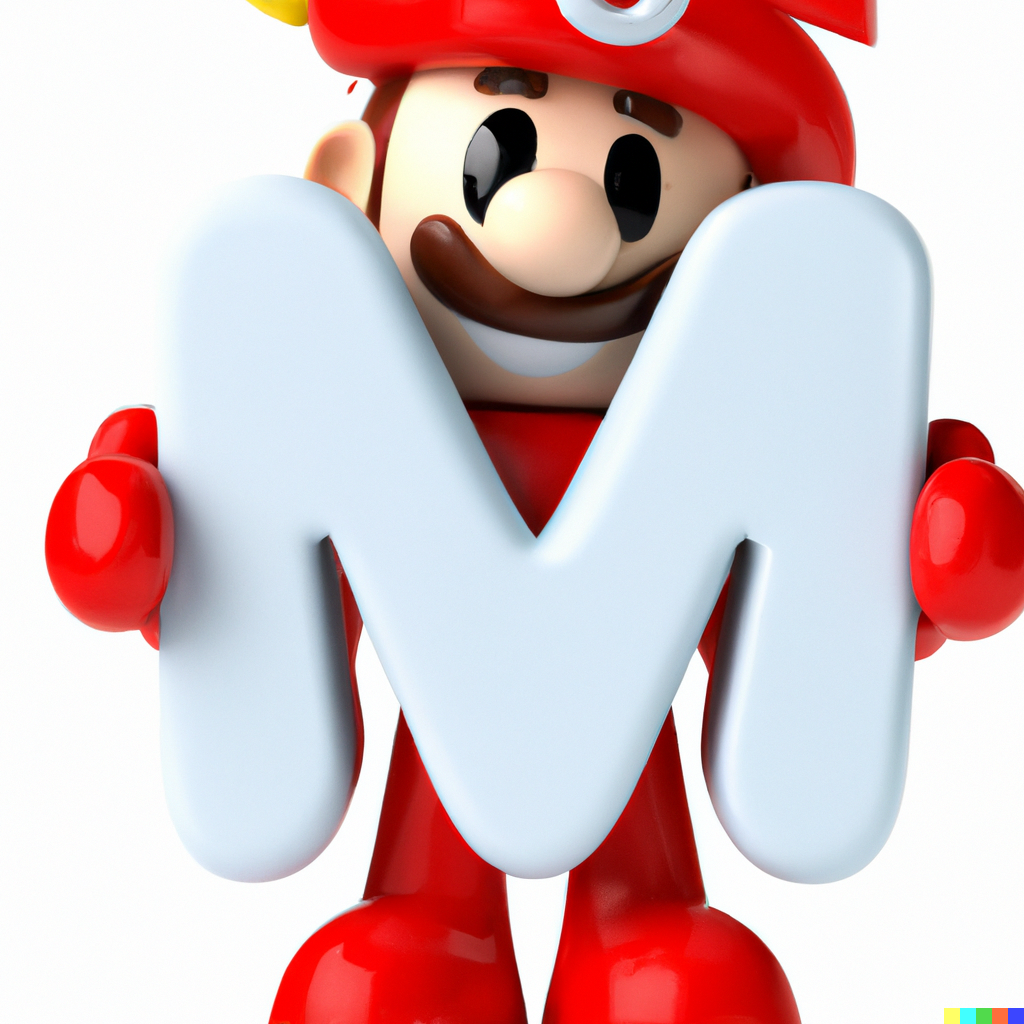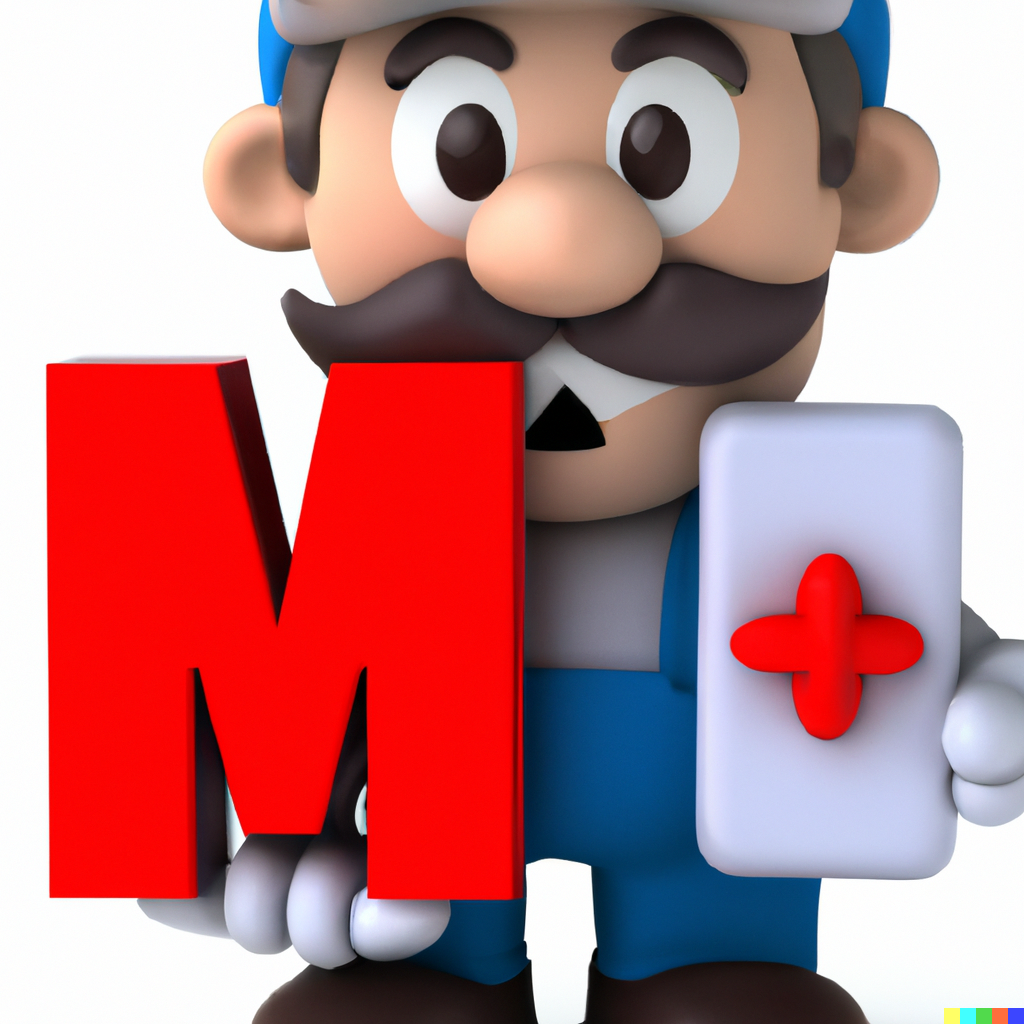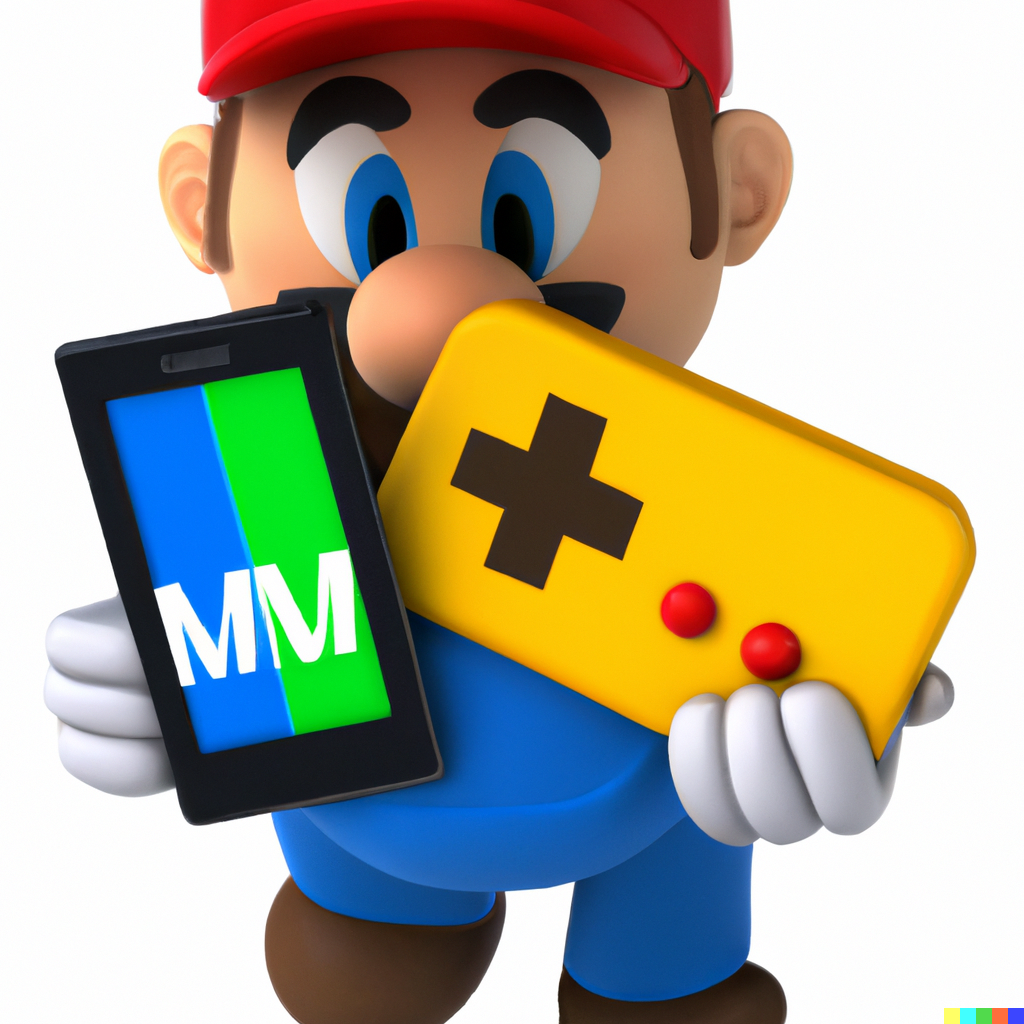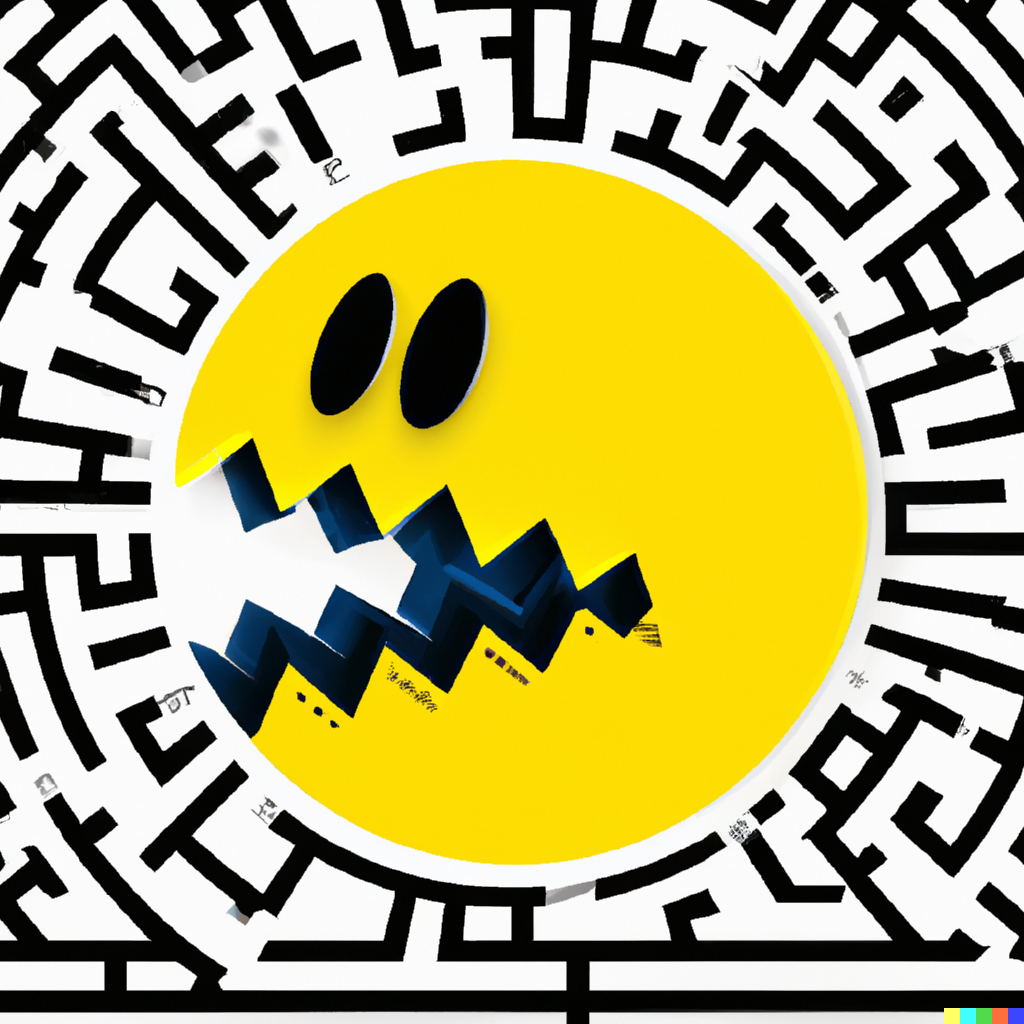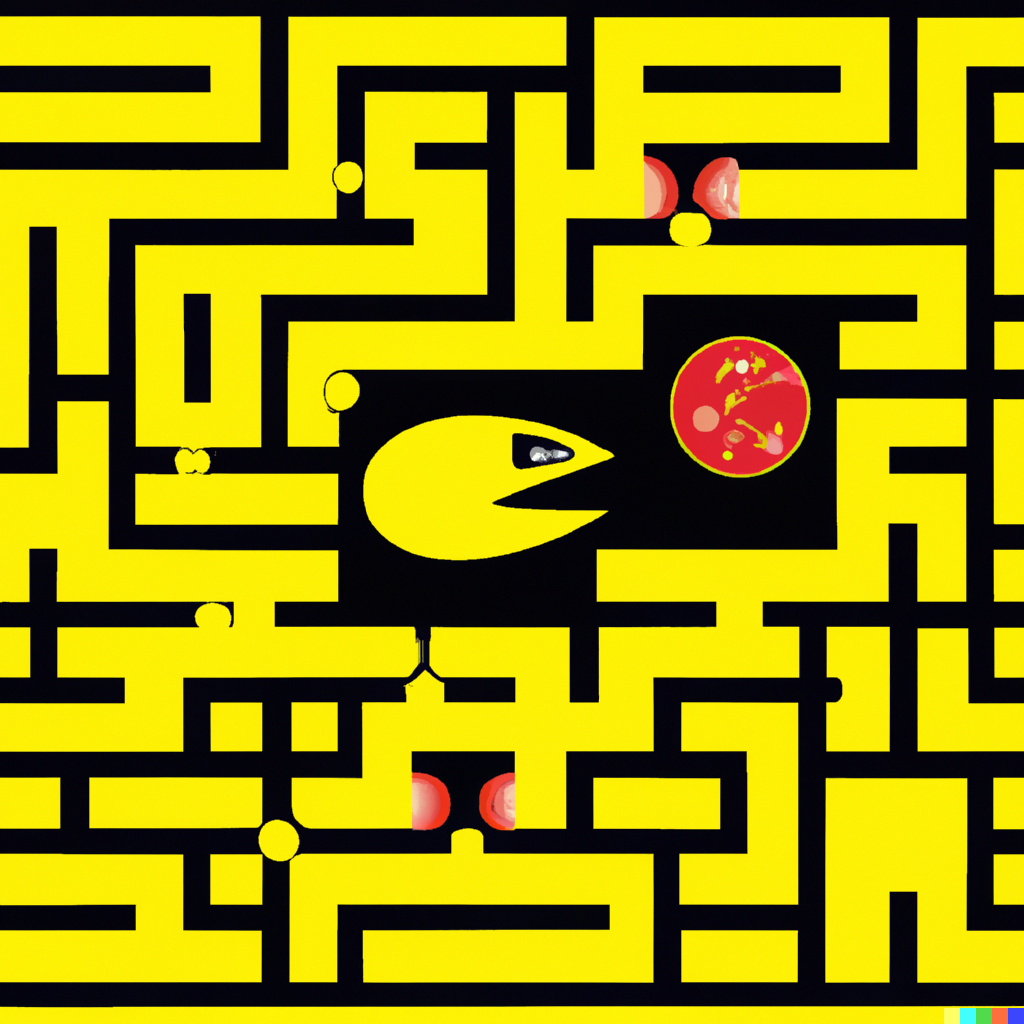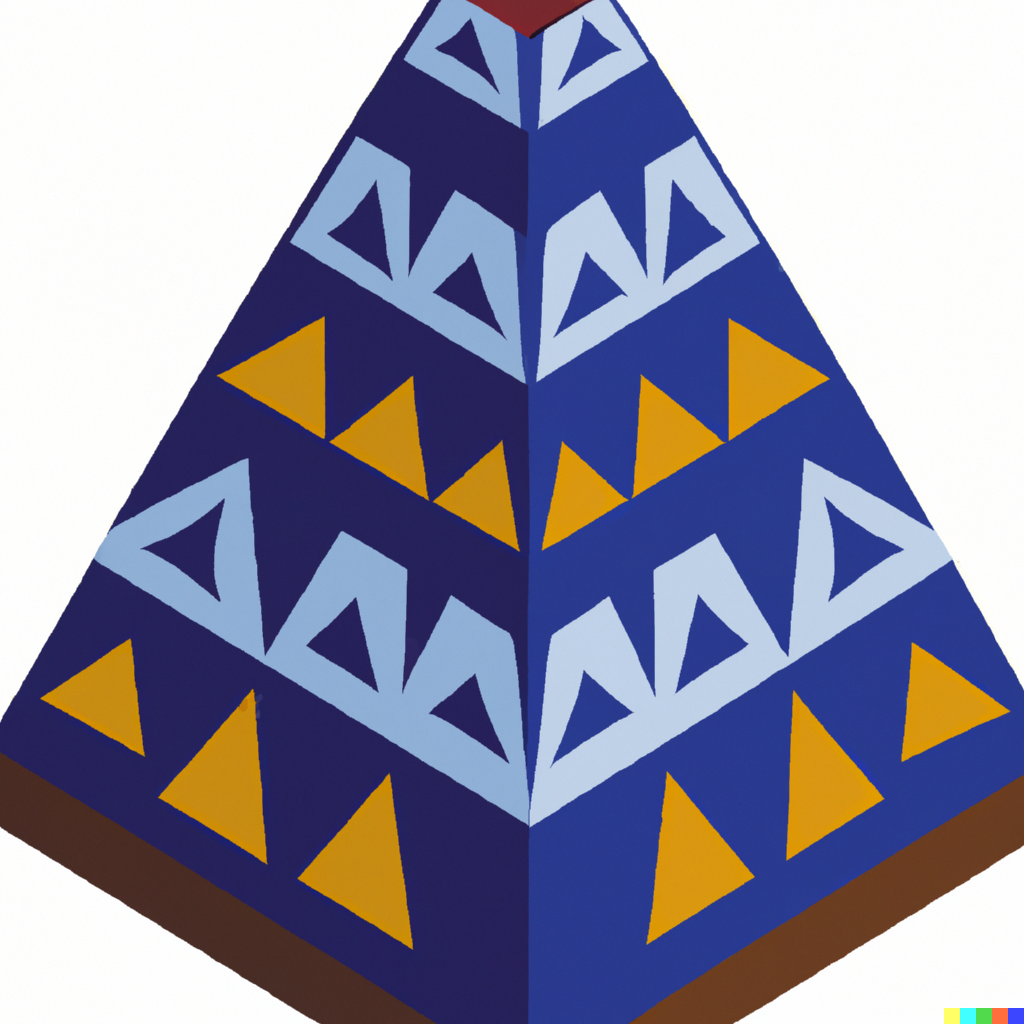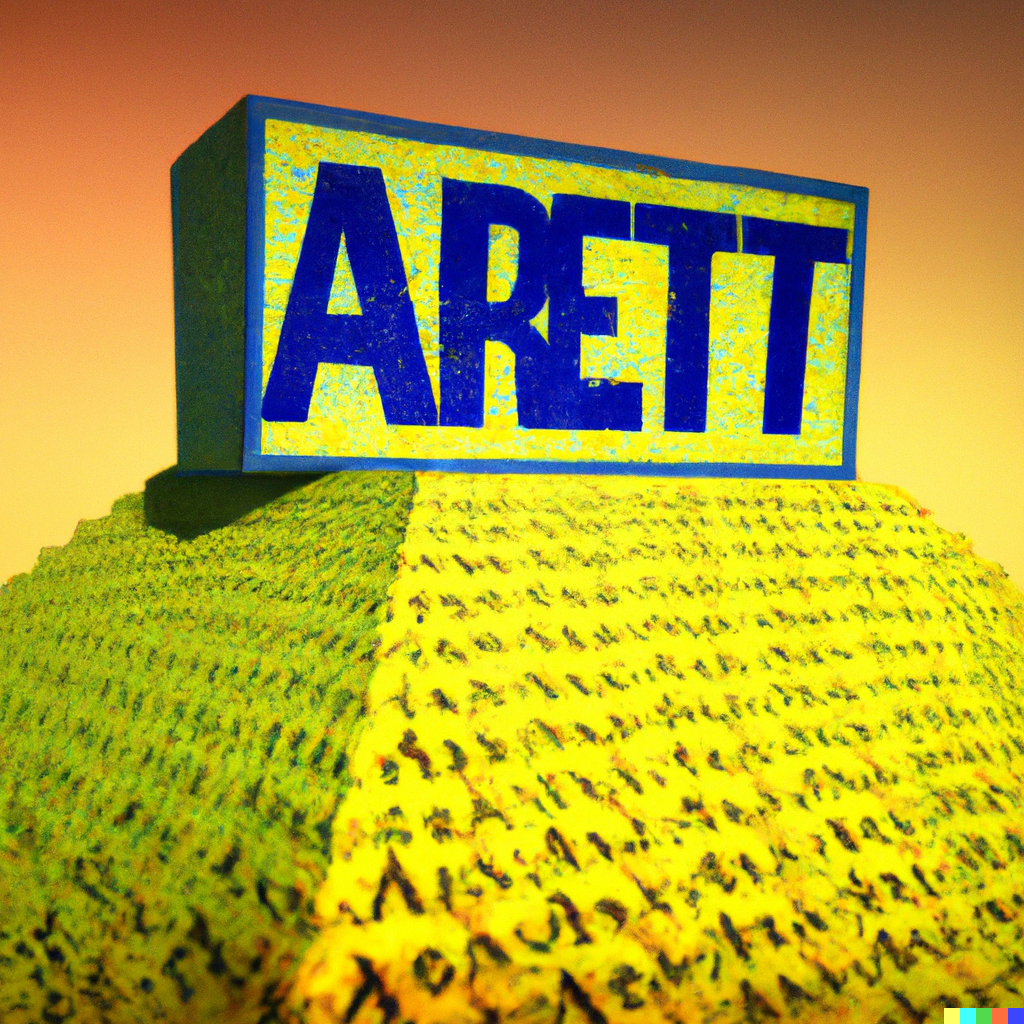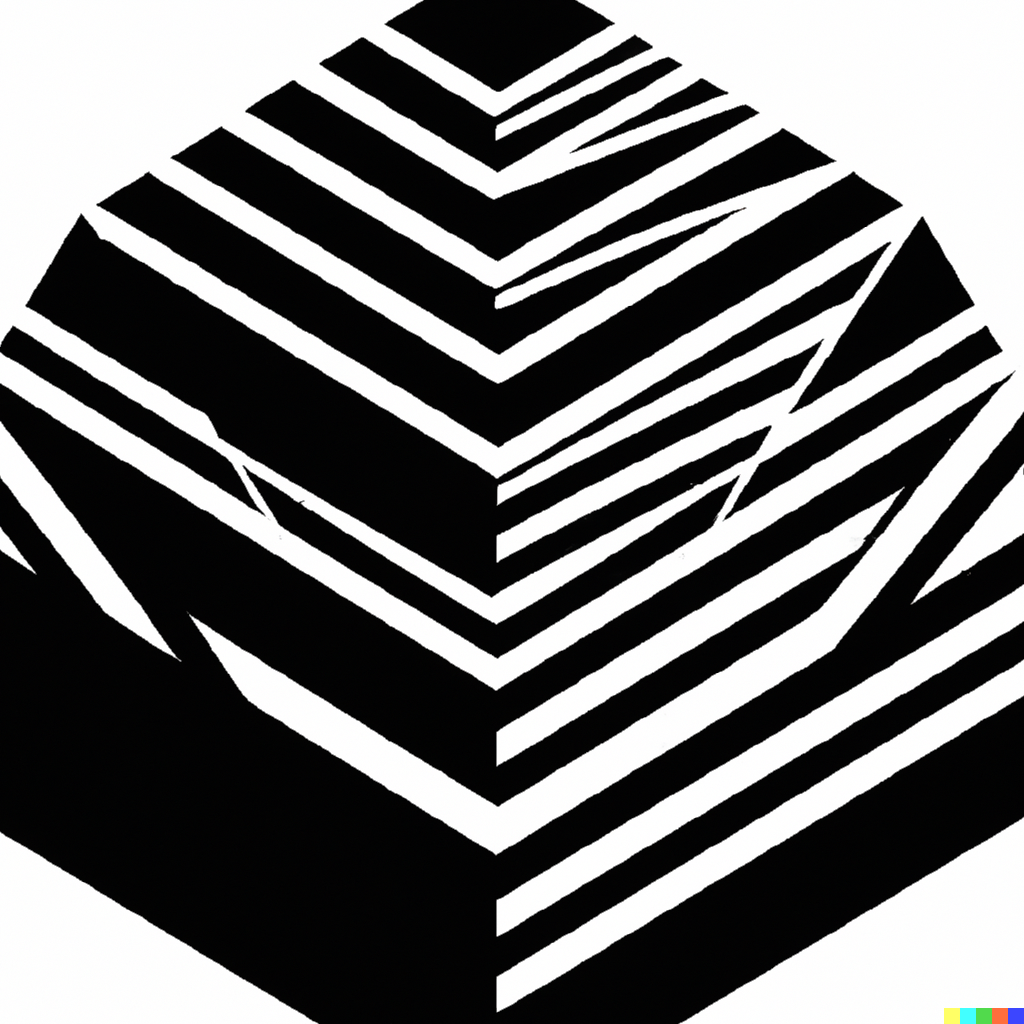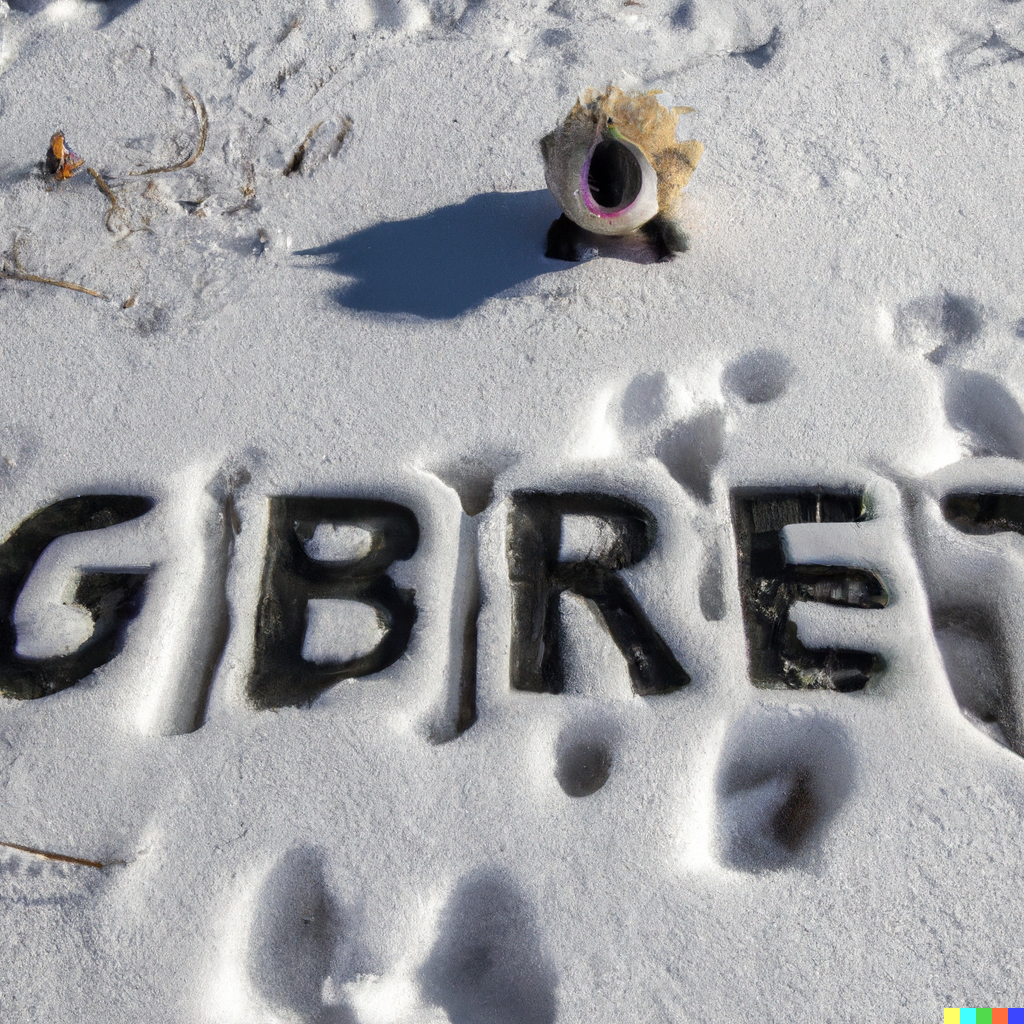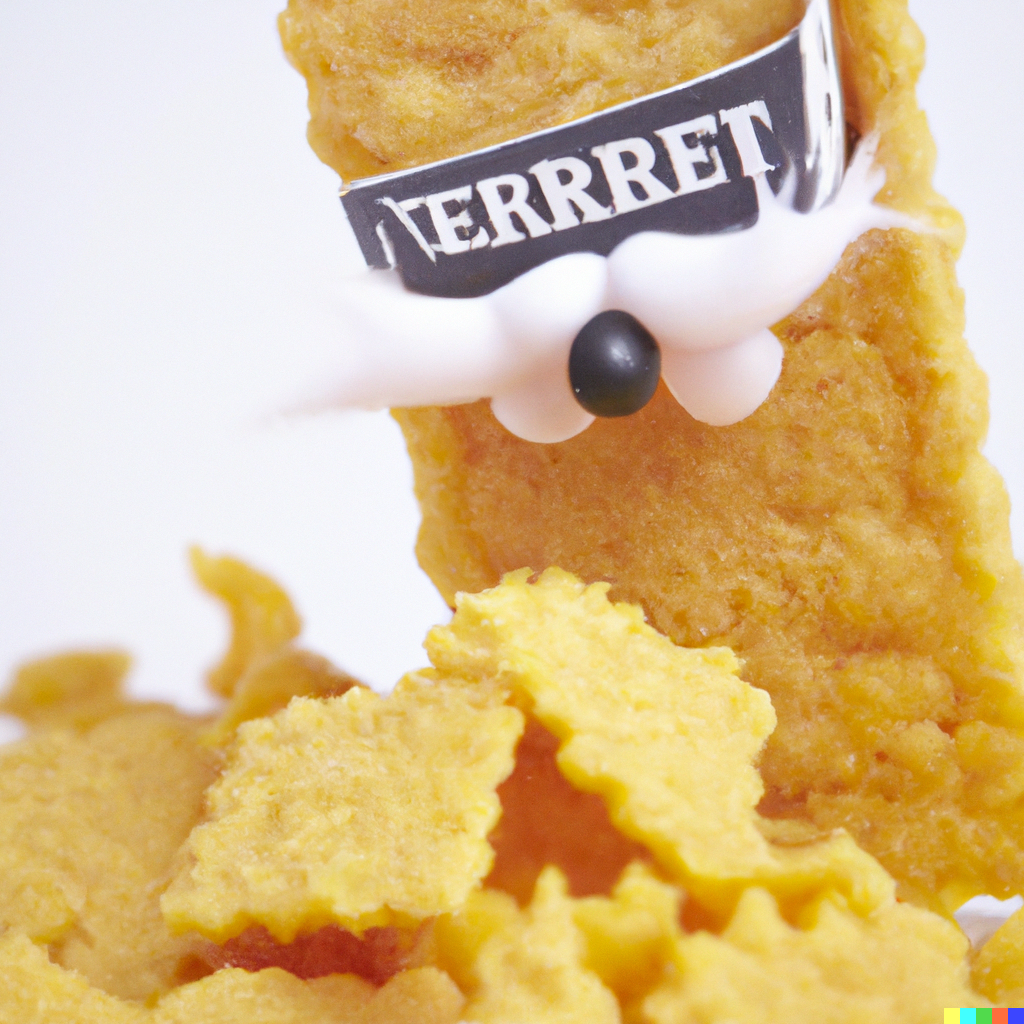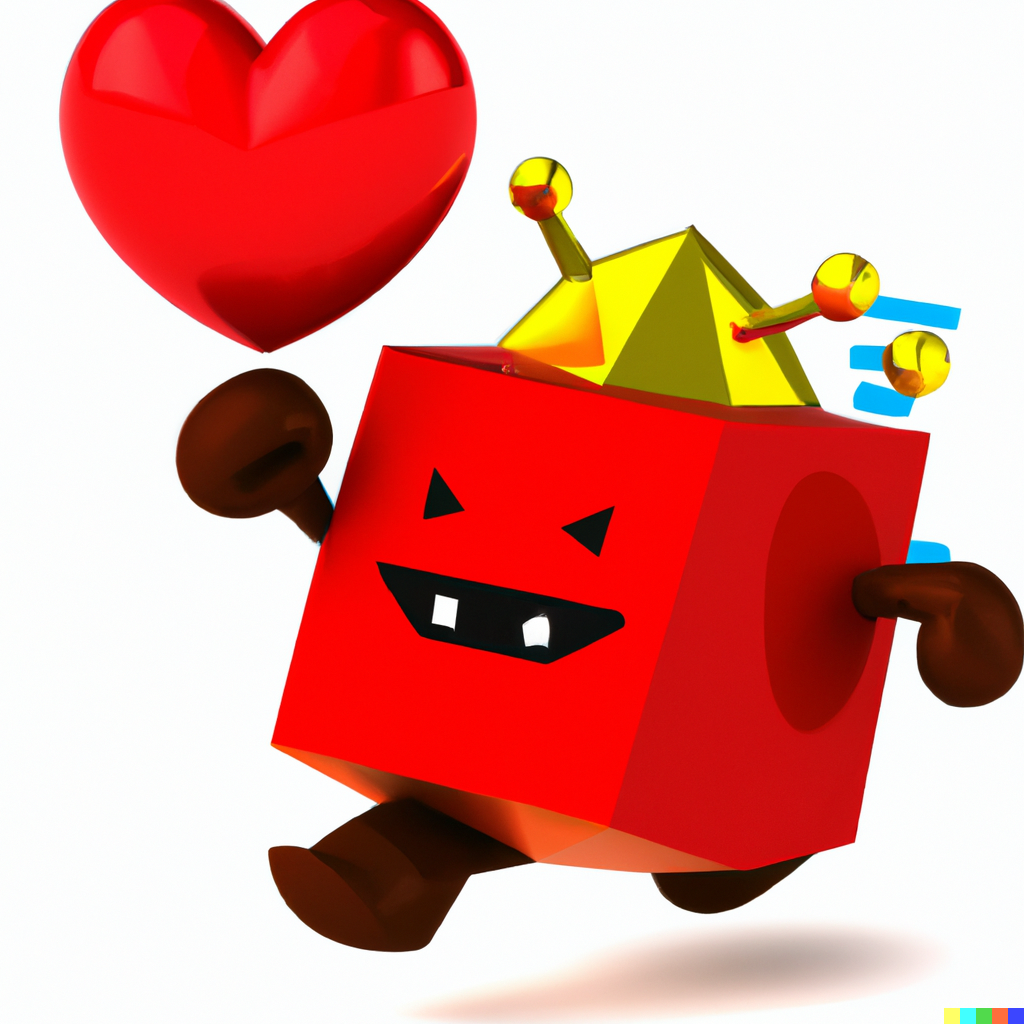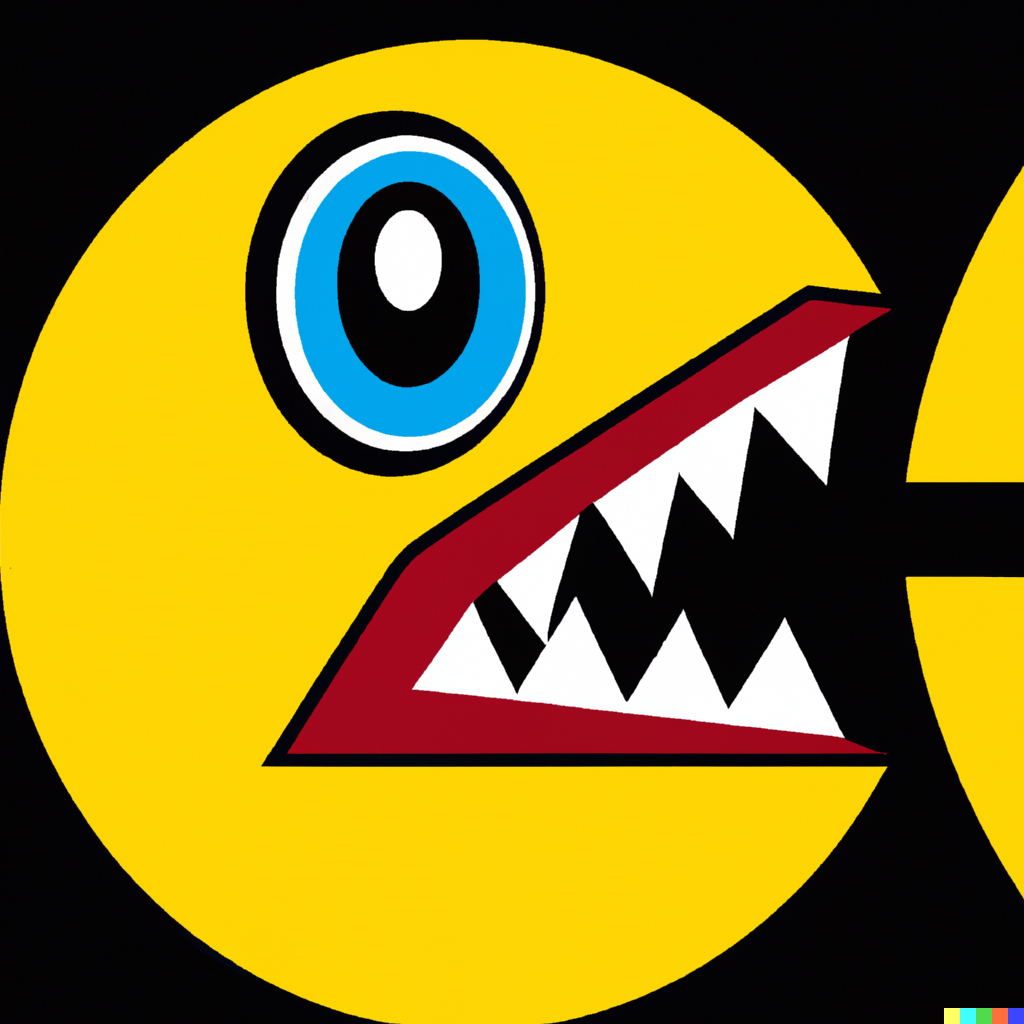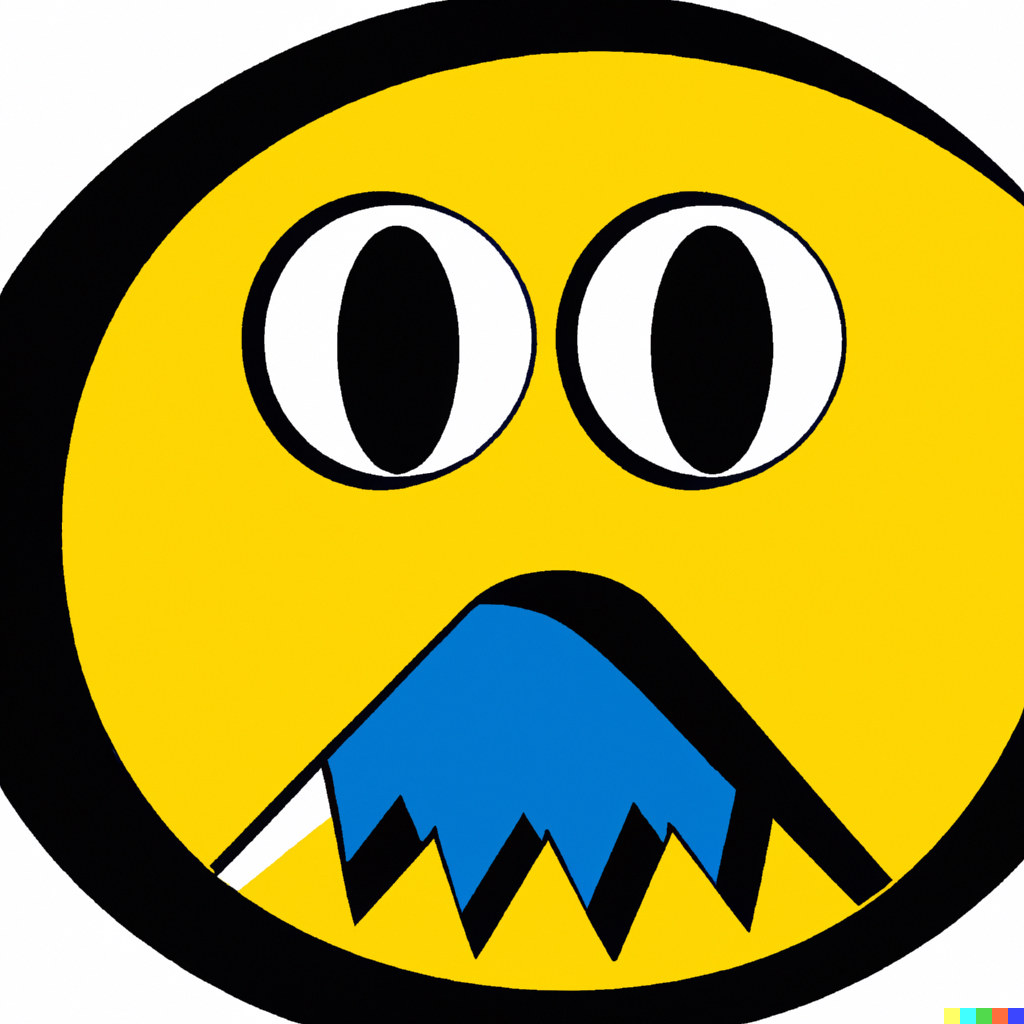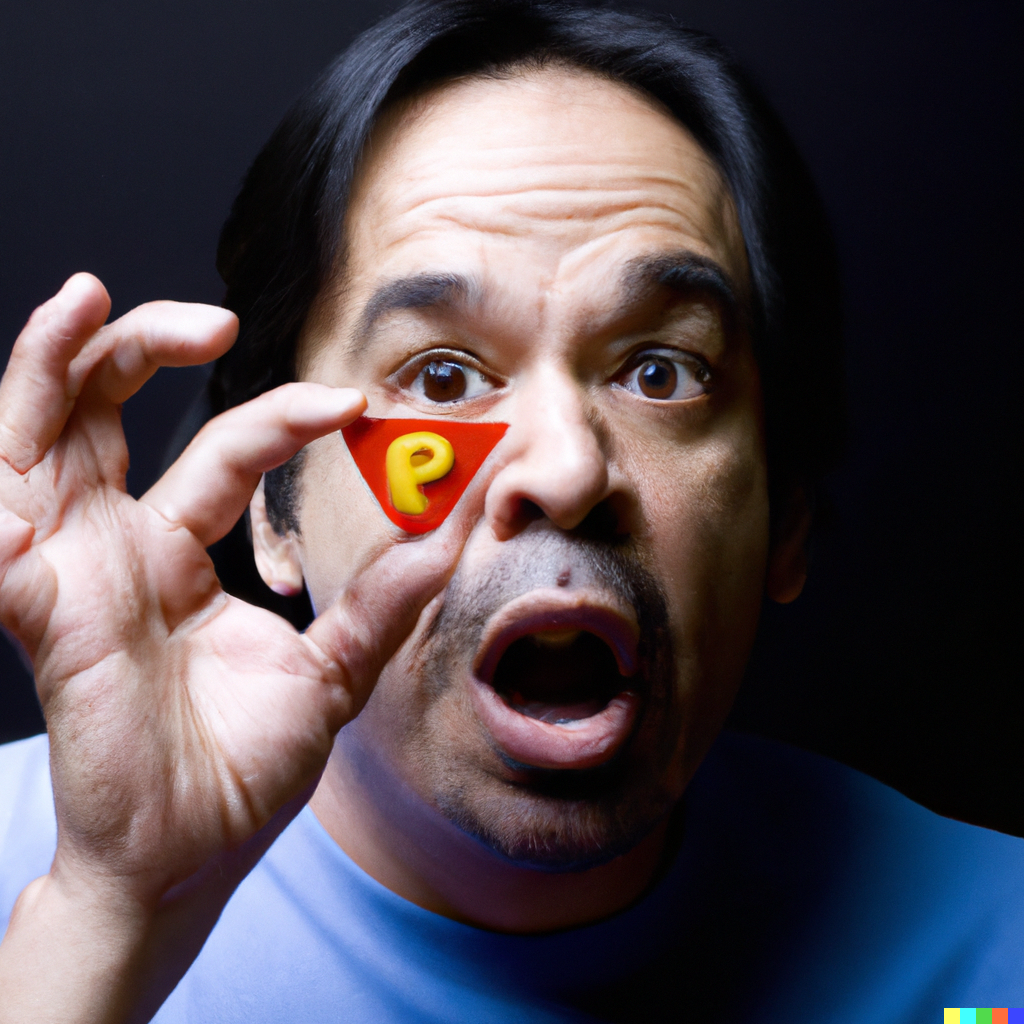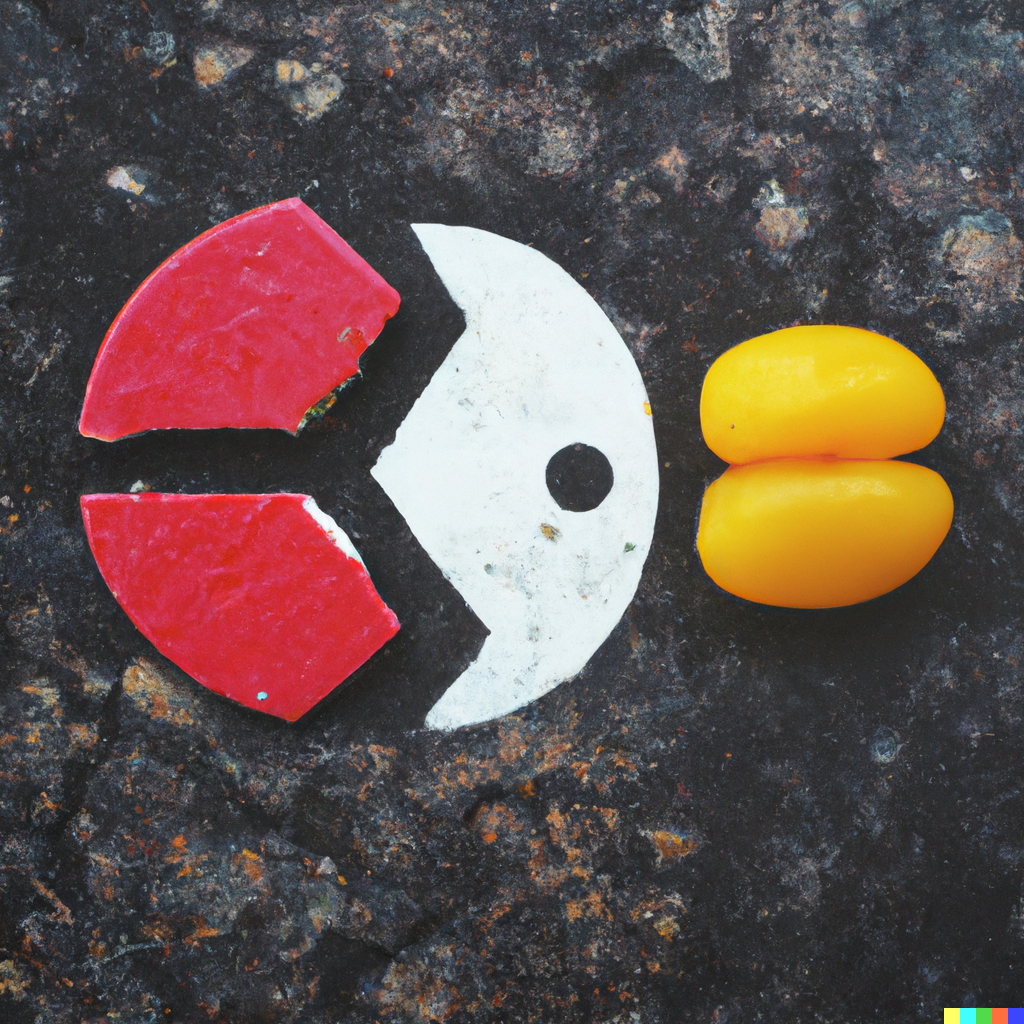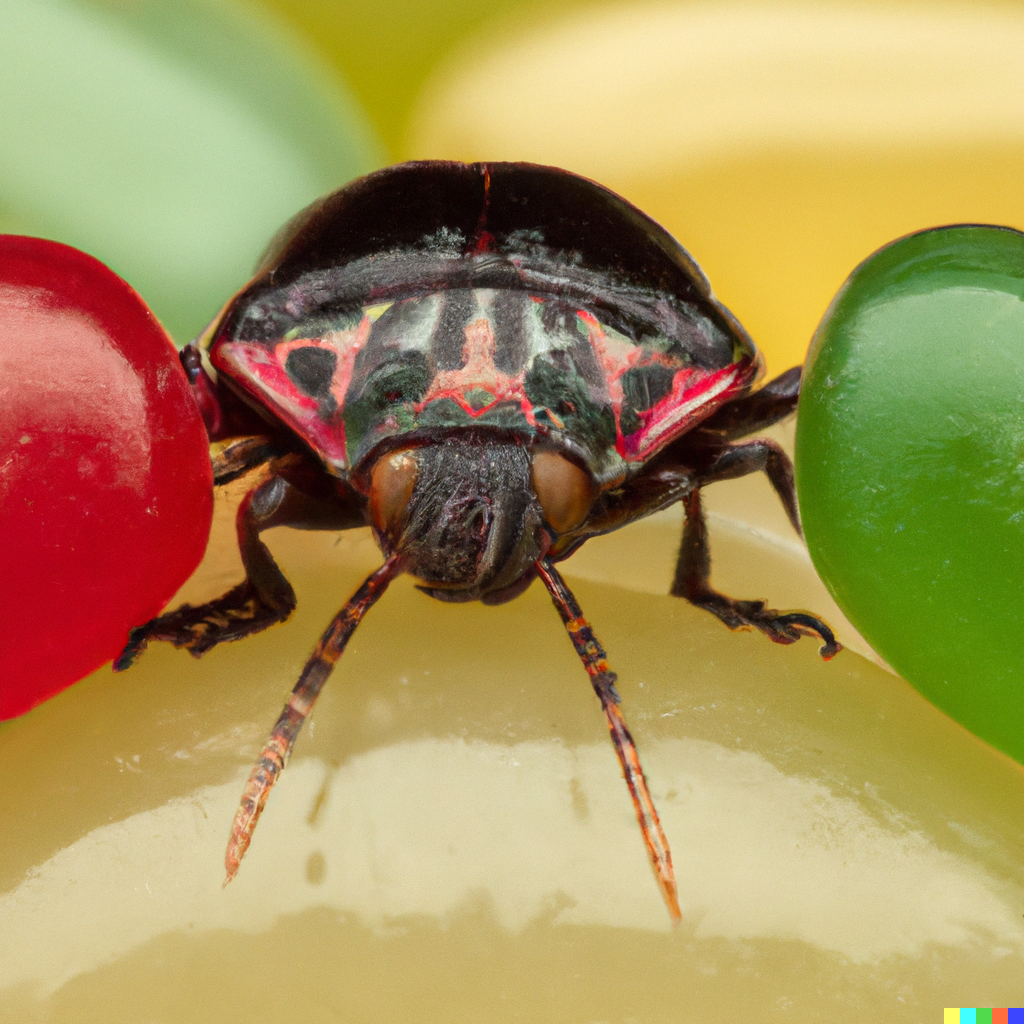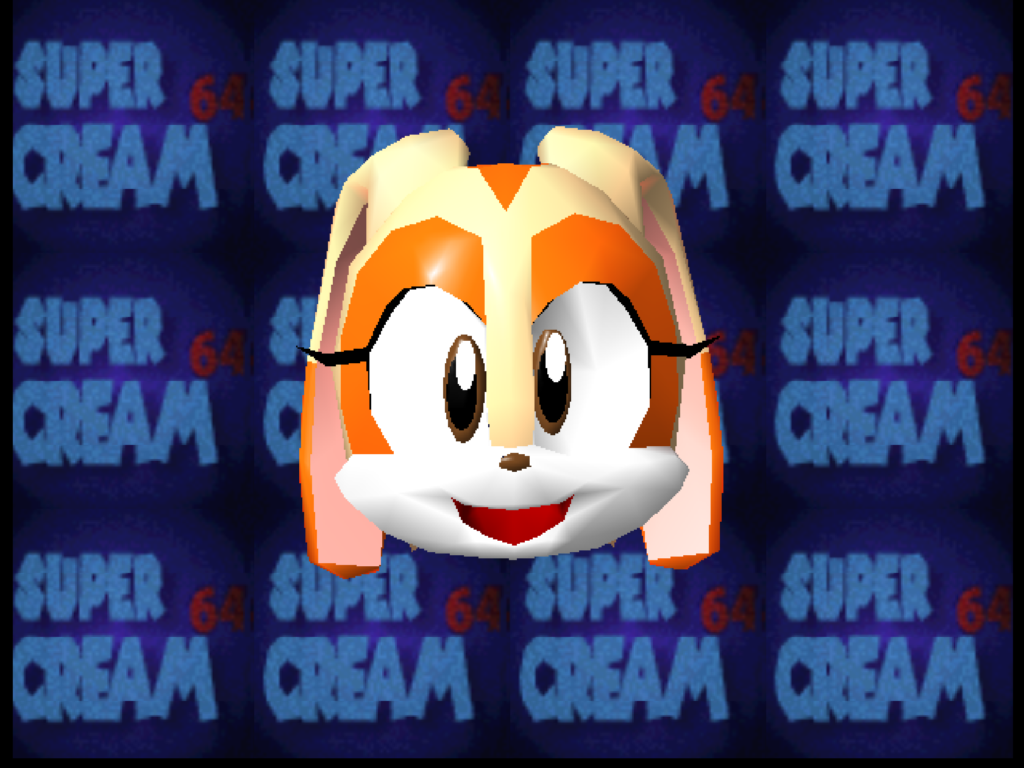Watching a lot of speedruns, as I’ve said before, can give you a distorted view of what video game difficulty is actually like. Speedrunning has been a going hobby for well over a decade now. New strategies are worked out and evolve. If they’re good ones, they become a part of everyone’s runs and are further refined. If they’re not good ones they’re discarded. What I’m saying is, the state-of-the-art advances. It doesn’t recede. People keep getting better. TASes are even more optimized than that, and are at this point really a completely different process, more scripting and exploring program function than playing a game in the traditional manner.
There may come a time, eventually, where, confident that runs have been perfected, speedrun becomes less focused-upon. Then after a period, people may come back and try to match the records of old. Or, maybe people will just stop speedrunning games, at least from the NES and SNES era. Many of these games are deep, but they aren’t an inexhaustible resource.
When you watch a speedrun, even one that’s three or four years old, you aren’t watching the effort of one person, but of a chain of people stretching back. Runners watch each other’s attempts and try to improve upon them. There aren’t many secrets.
Watching speedrunners who have played these games hundreds of times may cause you to think that the games are somehow easy. One way some challenge can still be preserved is in attempting challenge runs, like completing a game blindfolded. Like Punch-Out. Finishing Punch-Out blindfolded. That’s something that people do, but it’s still pretty challenging.
And it’s generally considered that Super Punch-Out!! for the SNES is the hardest Punch-Out game to do blindfolded. I’d think that that would be NES Punch-Out, since Tyson at the end is very random and can knock Little Mac down in a single punch throughout the first half of the first round, but the commentators on this video say it’s SNES Punch-Out, and I believe them. In this race, both players take a defeat at one point! That’s not something you often see at GDQ.
If you know what you’re doing Super Punch-Out is a fairly short game. This whole run (a race between two people) takes about 22 minutes from start to end. One nice thing about this race is that it doesn’t become a case, common in speedrun races, where one player jumps into the lead and stays there the entire rest of the race. The lead changes a couple of times, and is up in the air until the last fight.
If you’ve never encountered Super Punch-Out!! before, you might be surprised by how much it differs from the much better-known NES game. NES is very much a game of pattern recognition and exploitation. The SNES version brings back the two arcade games’ power meter, adds a dizzy mechanic that can affect every opponent, and just has a lot more randomness. Not blindfolded it may be a little easier than the NES game, it doesn’t have any opponents like Mike Tyson. But it still has its challenges, as much personality as the 8-bit game, and further, doesn’t lean nearly as hard on ethnic stereotypes, and those are all good things!


